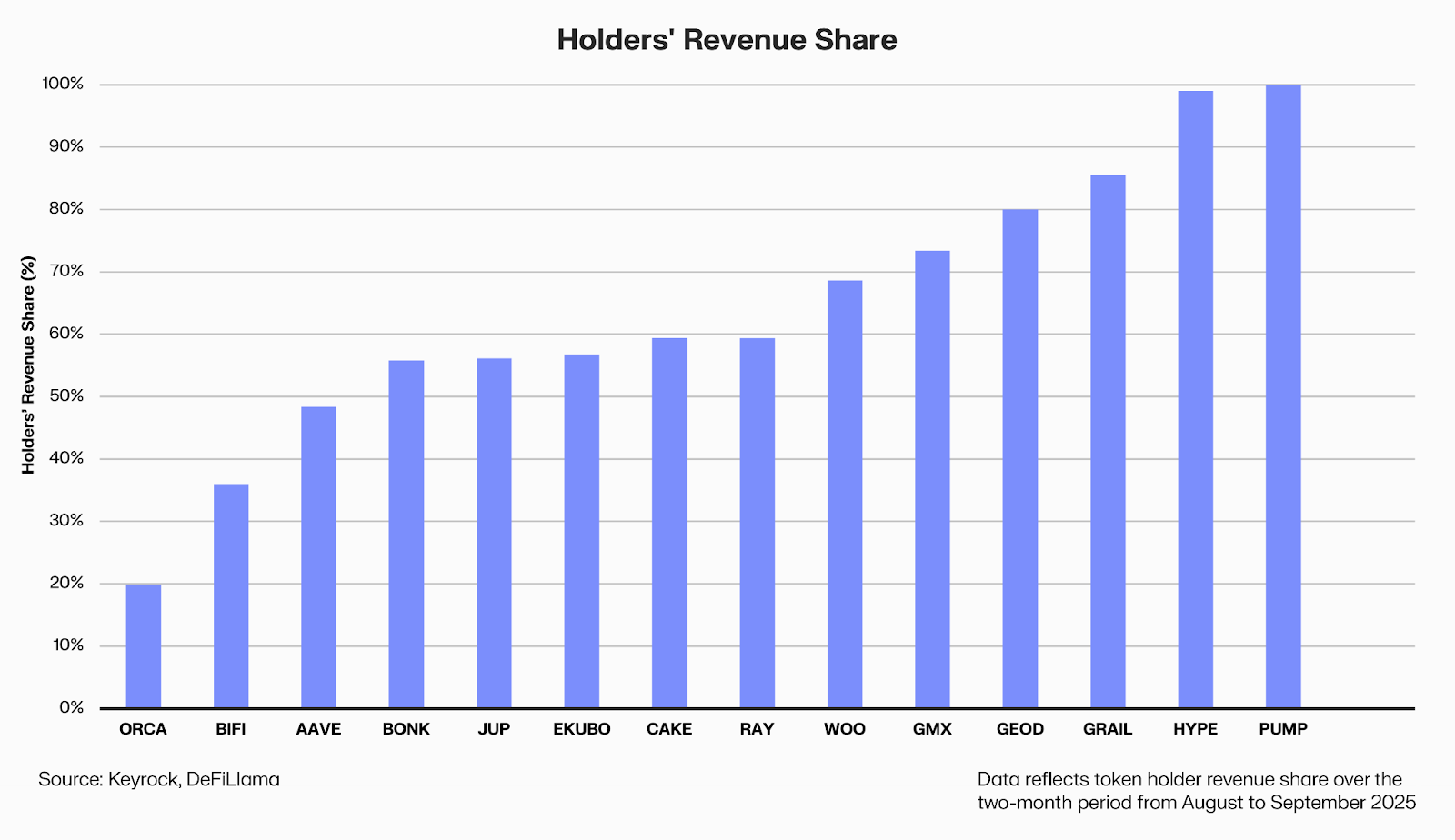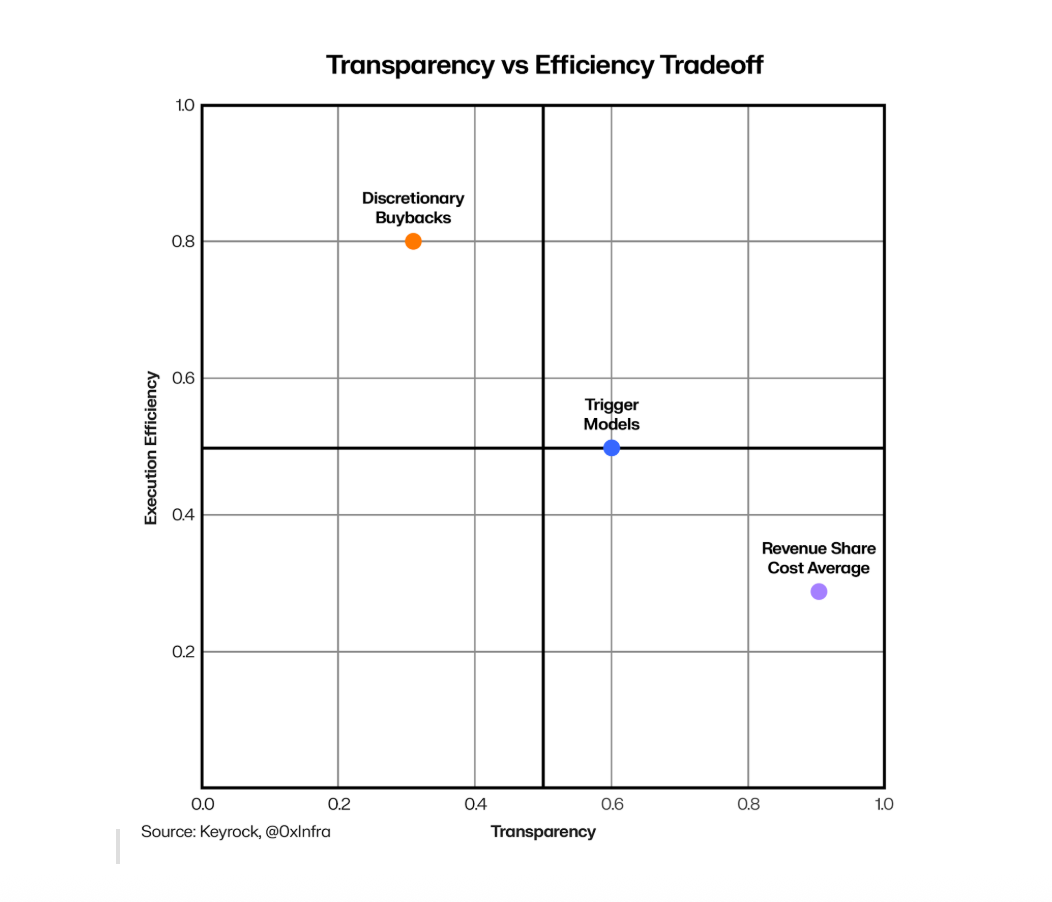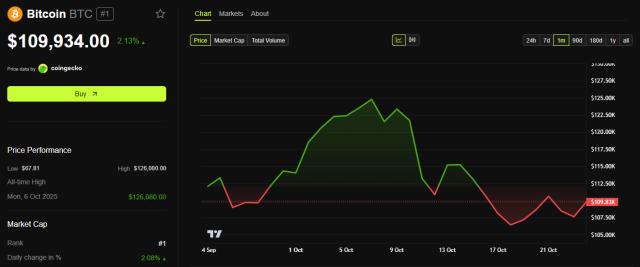Tokenholder payouts through buybacks and direct distributions have grown more than fivefold since 2024, as crypto projects increasingly return revenue to holders rather than reinvesting it into growth, according to a new report from global investment firm Keyrock.
The report examined 12 major crypto projects and found that, on average, 64% of total revenue was distributed to tokenholders. This marks a shift from when most decentralized projects spent their funds on product development, marketing, and community programs instead of direct payouts.
By contrast, a Messari report of 10 DAOs found that 77% of treasury outflows went to product and growth initiatives, with only 23% toward community, marketing, and operations.
Keyrock said the trend shows that many projects are increasingly managing finances more like traditional companies, focusing on profit sharing rather than reinvesting everything into growth.
“The contrast highlights the trade-off between capital retention and revenue distribution, as revenue-sharing protocols tend to operate with much slimmer reinvestment buffers,” the report notes.
However, Keyrock’s findings also cautioned that many buybacks are still funded from existing treasury reserves rather than recurring revenue, which may not be sustainable over time.

“Token buybacks are rapidly becoming a central lever in how protocols think about value distribution,” the report reads. “Still, their rise has sparked debate over timing and trade-offs, particularly given that most crypto protocols remain in their growth stage.”
Some experts argue that spending too much on buybacks too soon can slow product development.
Keyrock found that more established projects tend to initiate buybacks after achieving stable revenue. In contrast, newer projects often launch buybacks early to gain attention, attract users, and increase visibility.
The report also highlighted three execution tactics once a protocol decides to run buybacks: programmatic, discretionary, and trigger-based.
Programmatic buybacks follow set rules and automatically use revenue to buy tokens, which is predictable but can miss market swings. Discretionary buybacks let teams choose timing and amounts, adding flexibility but reducing transparency. And trigger-based buybacks combine both, buying only when prices drop or reach certain levels, adding control but keeping some flexibility.
Still, to ensure buybacks are effective, the report recommends aligning them with organic trading volume. “Calibrating activity to genuine trading activity allows buybacks to blend into natural market flow and optimises average execution price,” the report notes.









